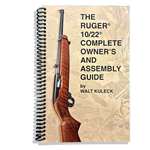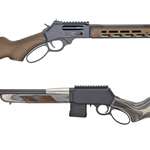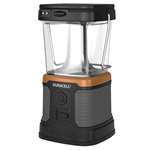
The Failure Drill consists of three shots designed to ensure that an attacker is stopped by putting two shots into center of mass with a final shot to the head.
While most attackers can be deterred by the simple act of drawing a gun, and most others with a single shot or two, the Failure Drill stops those few attackers that just don’t stop due to adrenalin, motivation or drug use.
The idea is simple. Fire two shots into the center-of-mass to stop the attack, but if these don’t do the job, it should at least slow the attacker down long enough to fire a carefully aimed shot to the head. While this seems like common sense, most people automatically refer back to however they typically shoot at the range when under the stress of an attack. This is why the failure drill is so important. If you normally only fire at the center of mass at the range, then you will probably only fire at the center of mass during an attack.
Start the failure drill with the gun in your holster concealed by a cover garment with a silhouette target about 5 to 7 yards away. Have a friend time your efforts along with telling you to go. At the mark, draw and fire two rounds into center mass, then transition and fire one shot to the head. Most shooters will take around 3 to 4 seconds to perform this drill, while a good shooter can shave it down to below three. If you can do it in around two seconds, you’re good.



















![Auto[47]](/media/121jogez/auto-47.jpg?anchor=center&mode=crop&width=770&height=430&rnd=134090788010670000&quality=60)
![Auto[47]](/media/121jogez/auto-47.jpg?anchor=center&mode=crop&width=150&height=150&rnd=134090788010670000&quality=60)
















